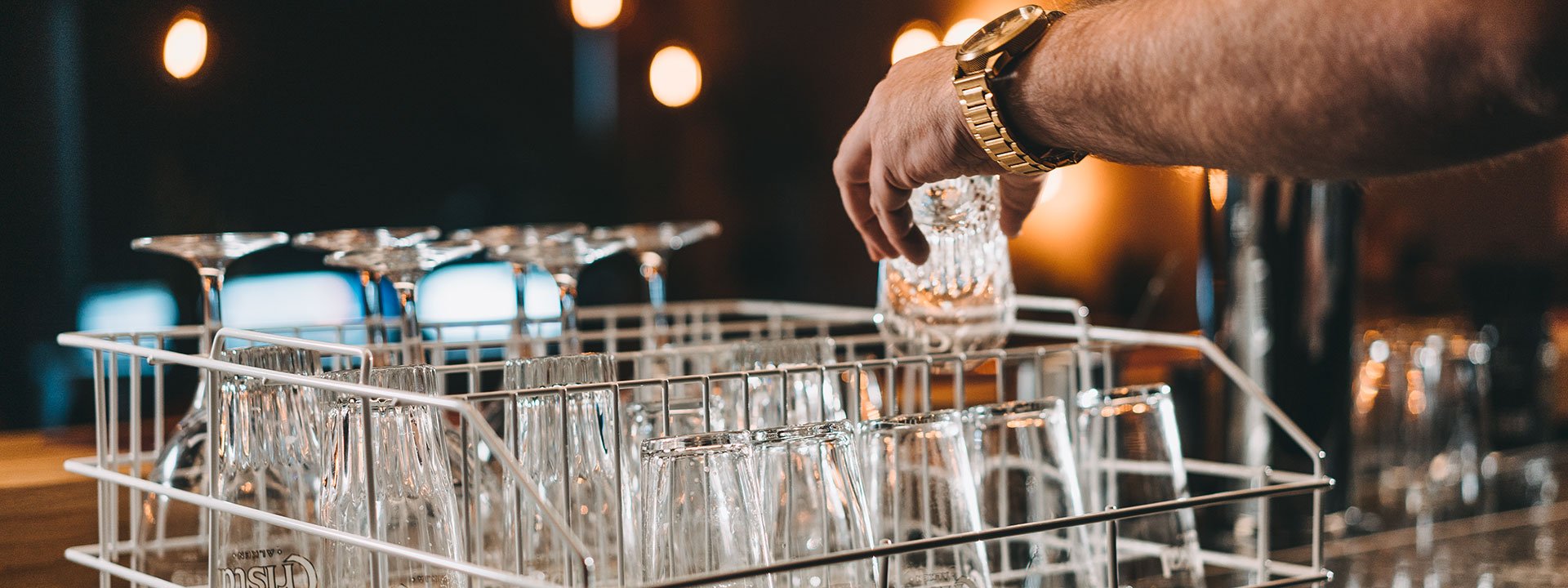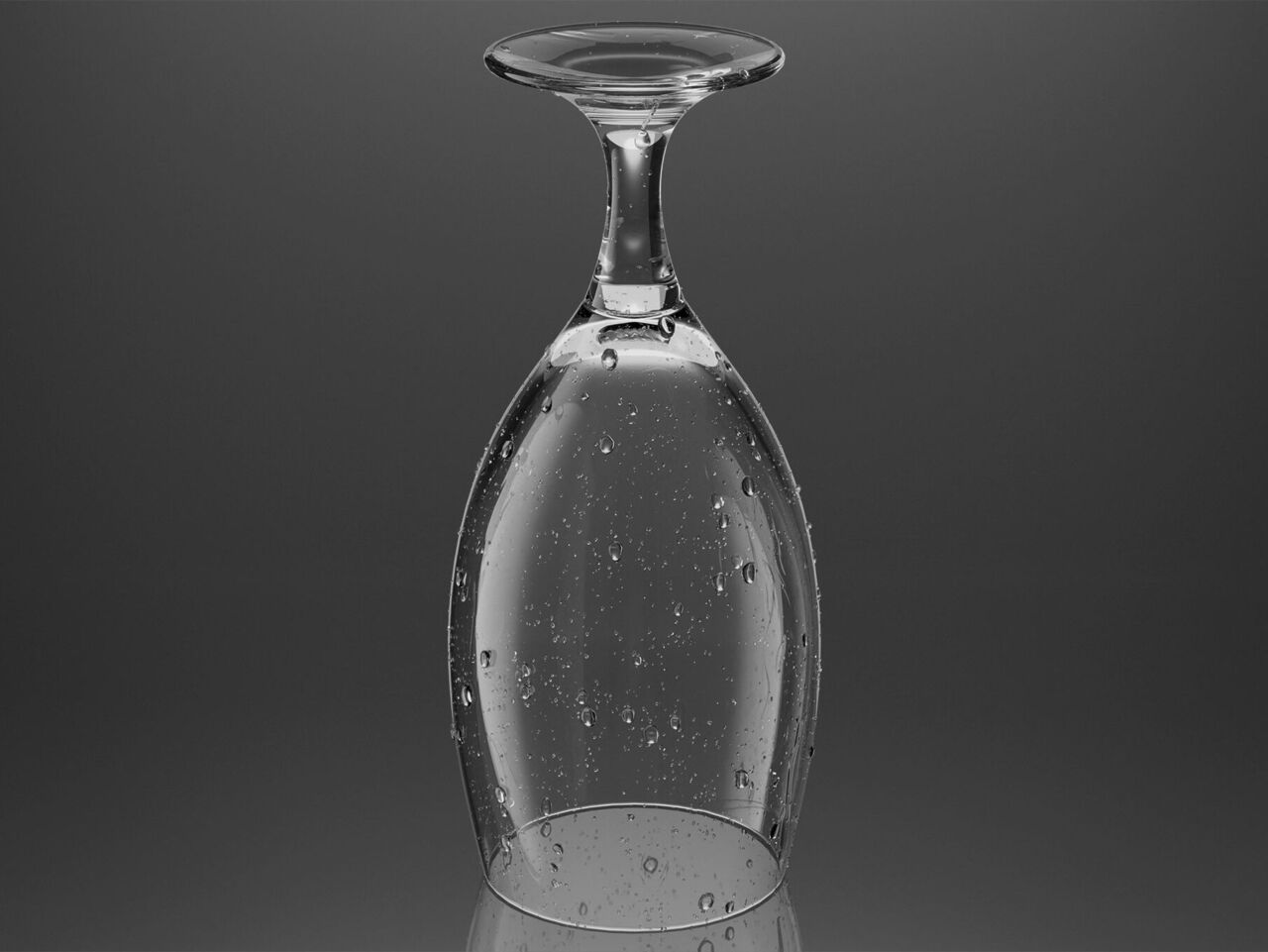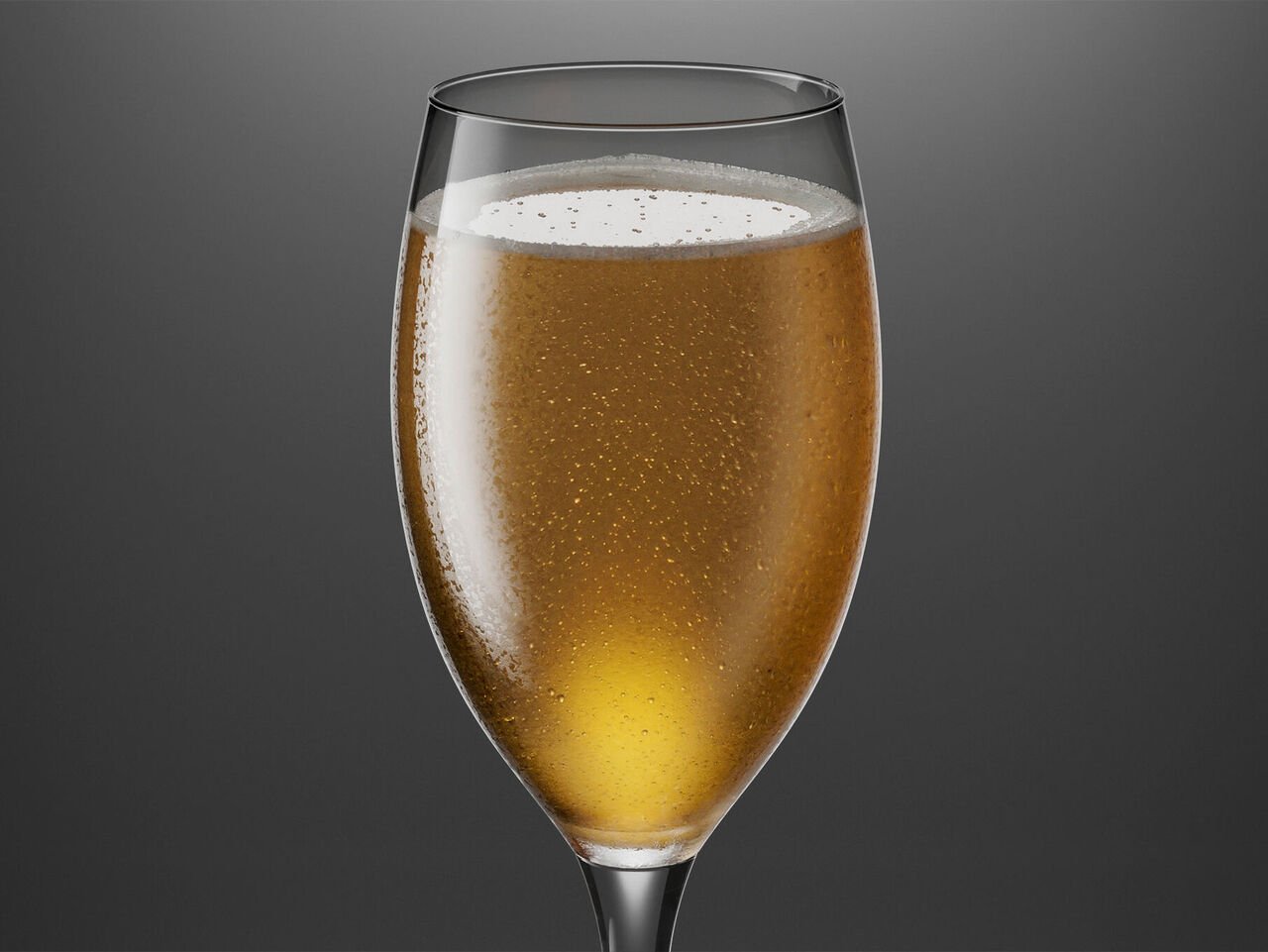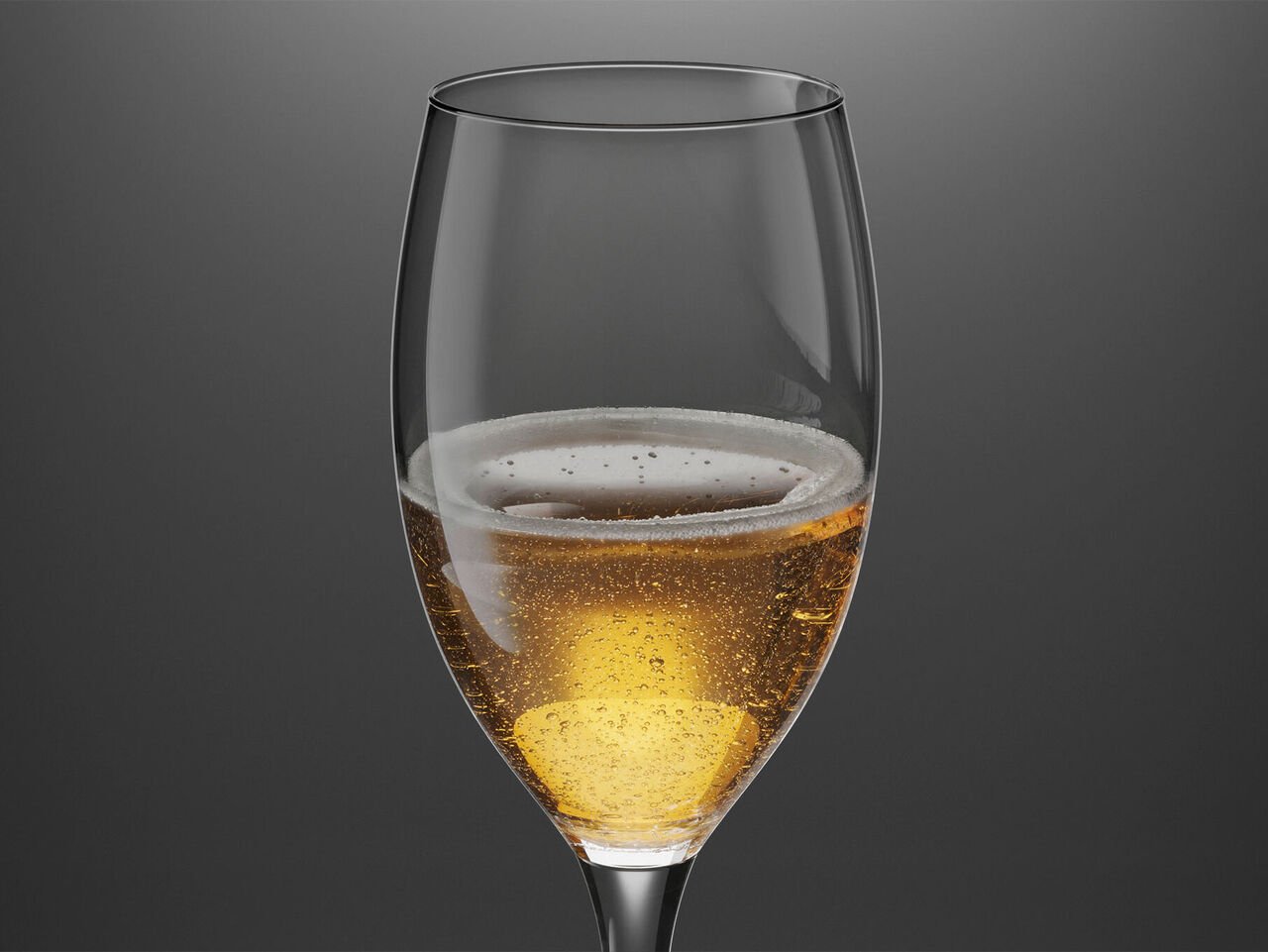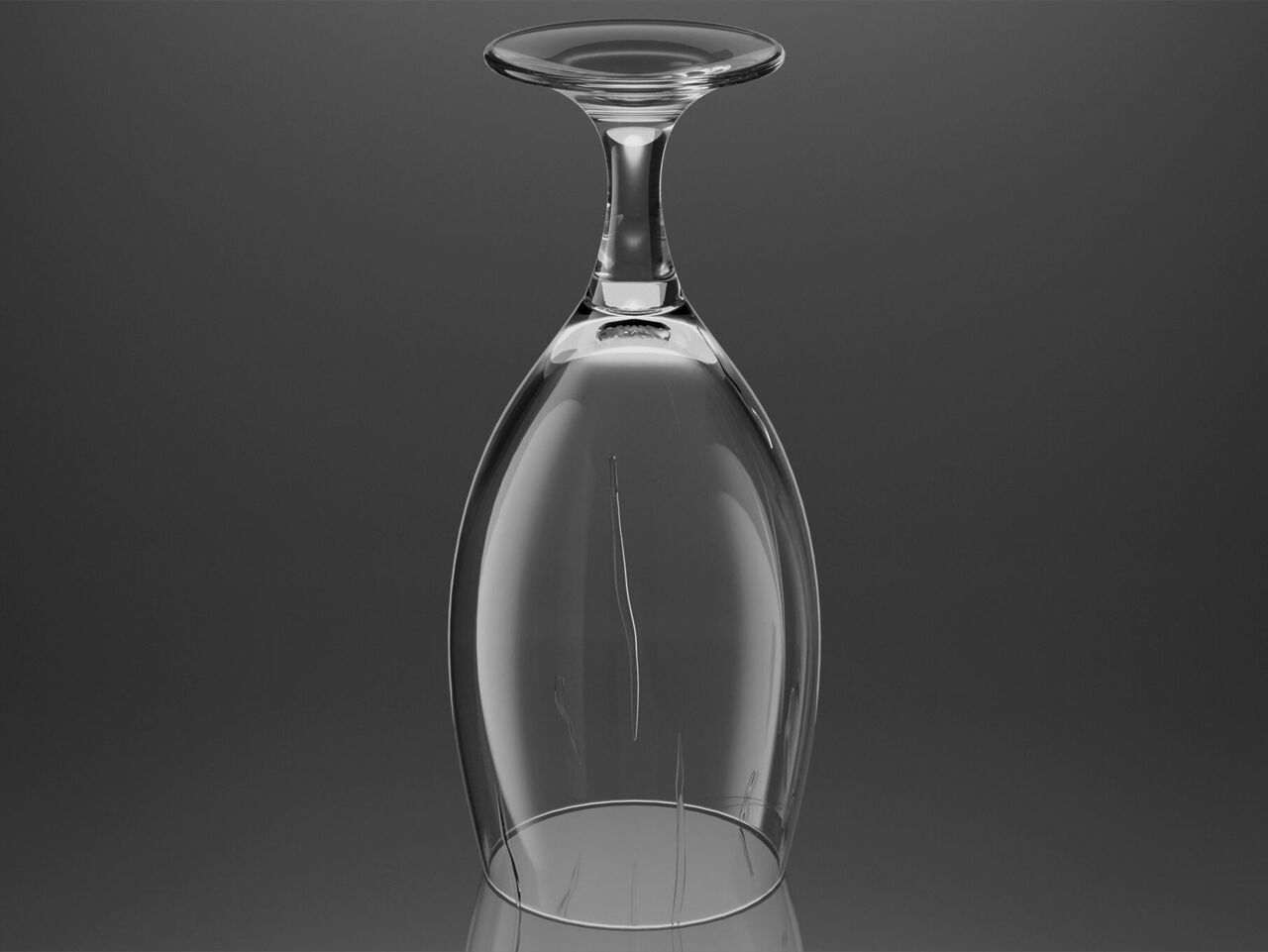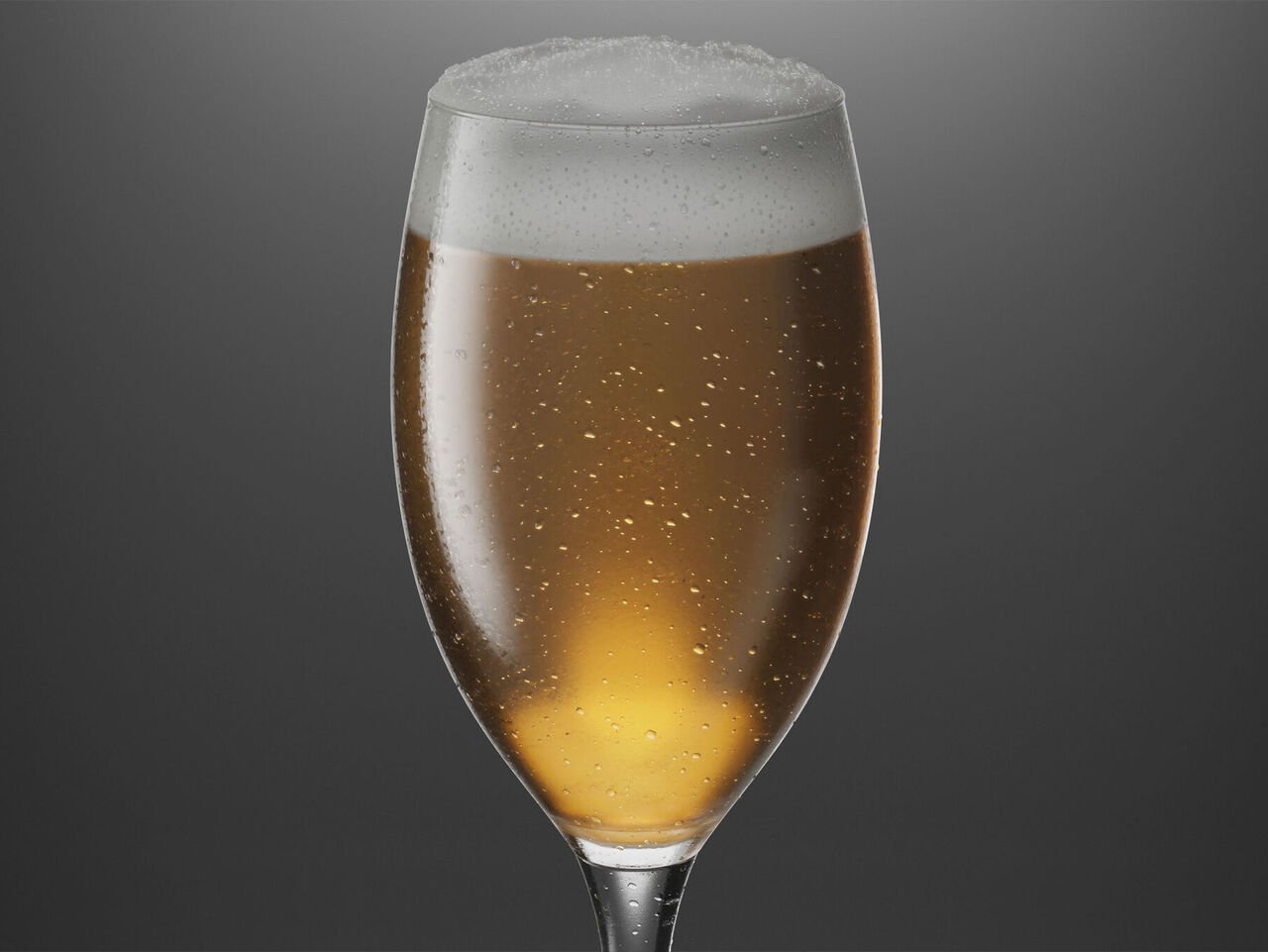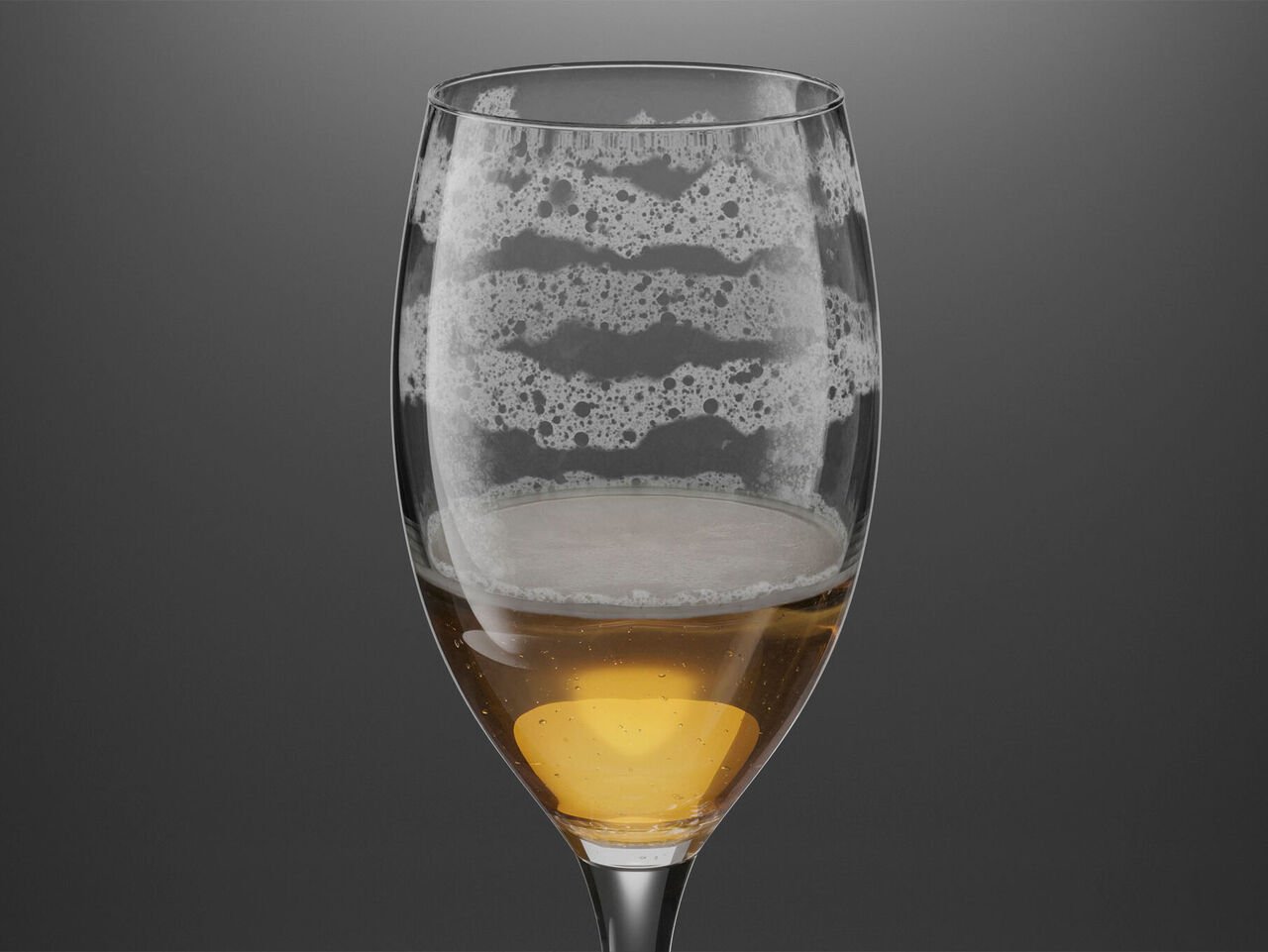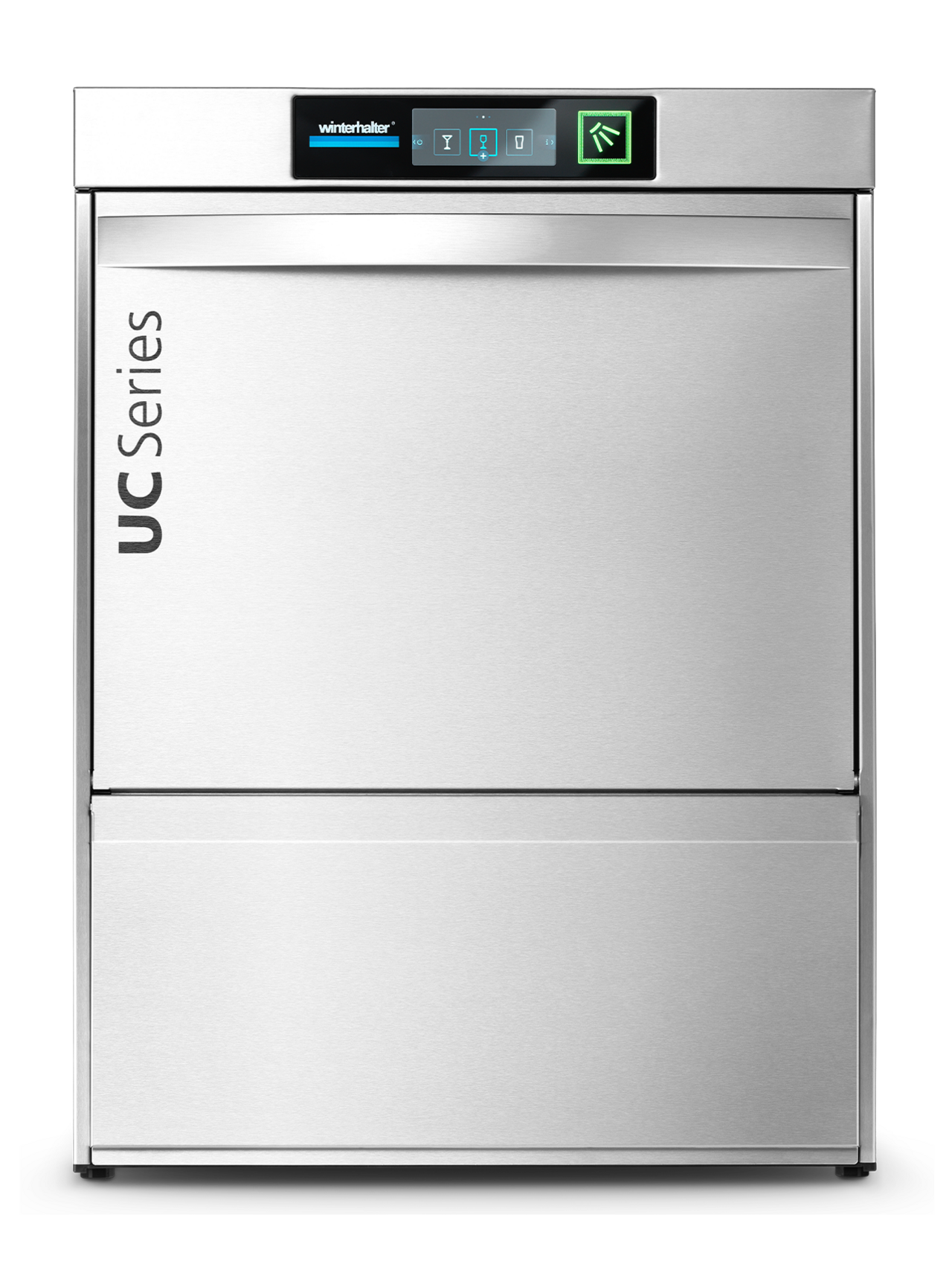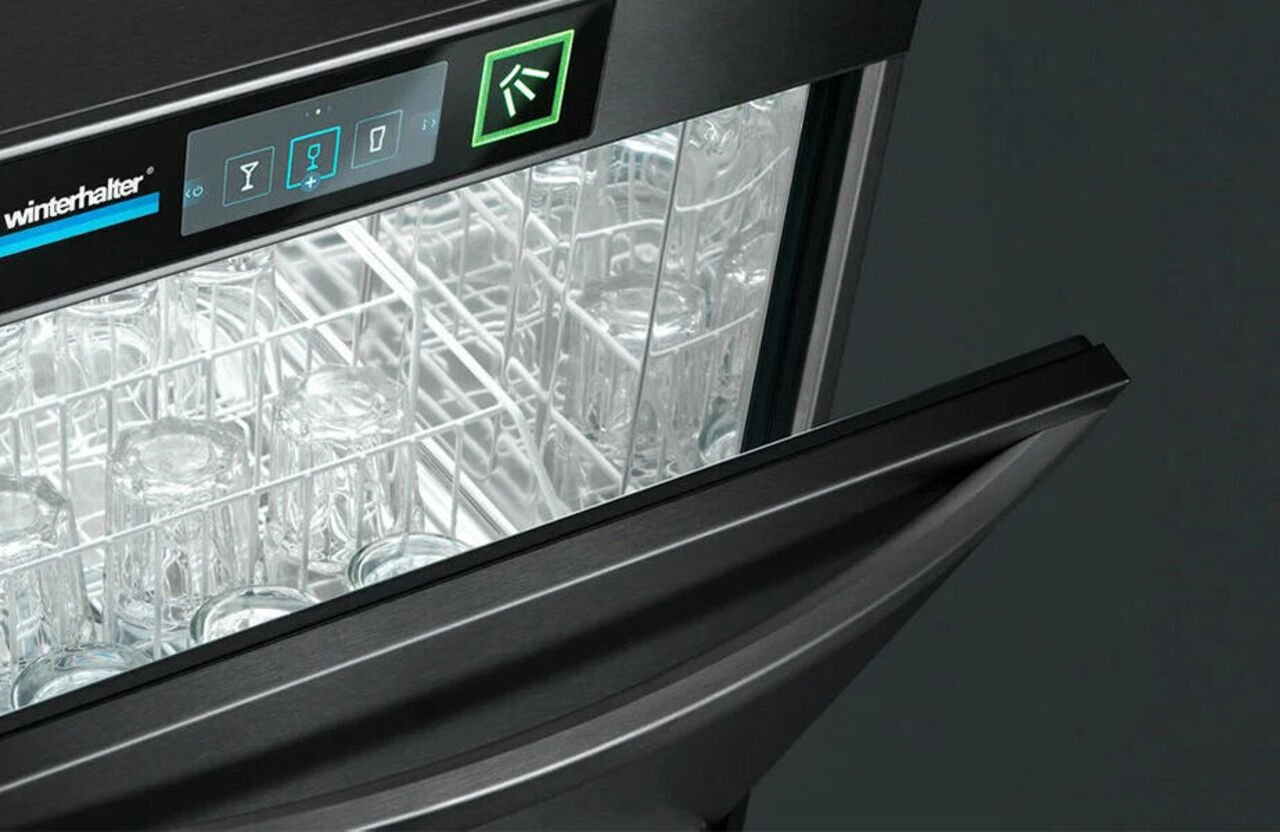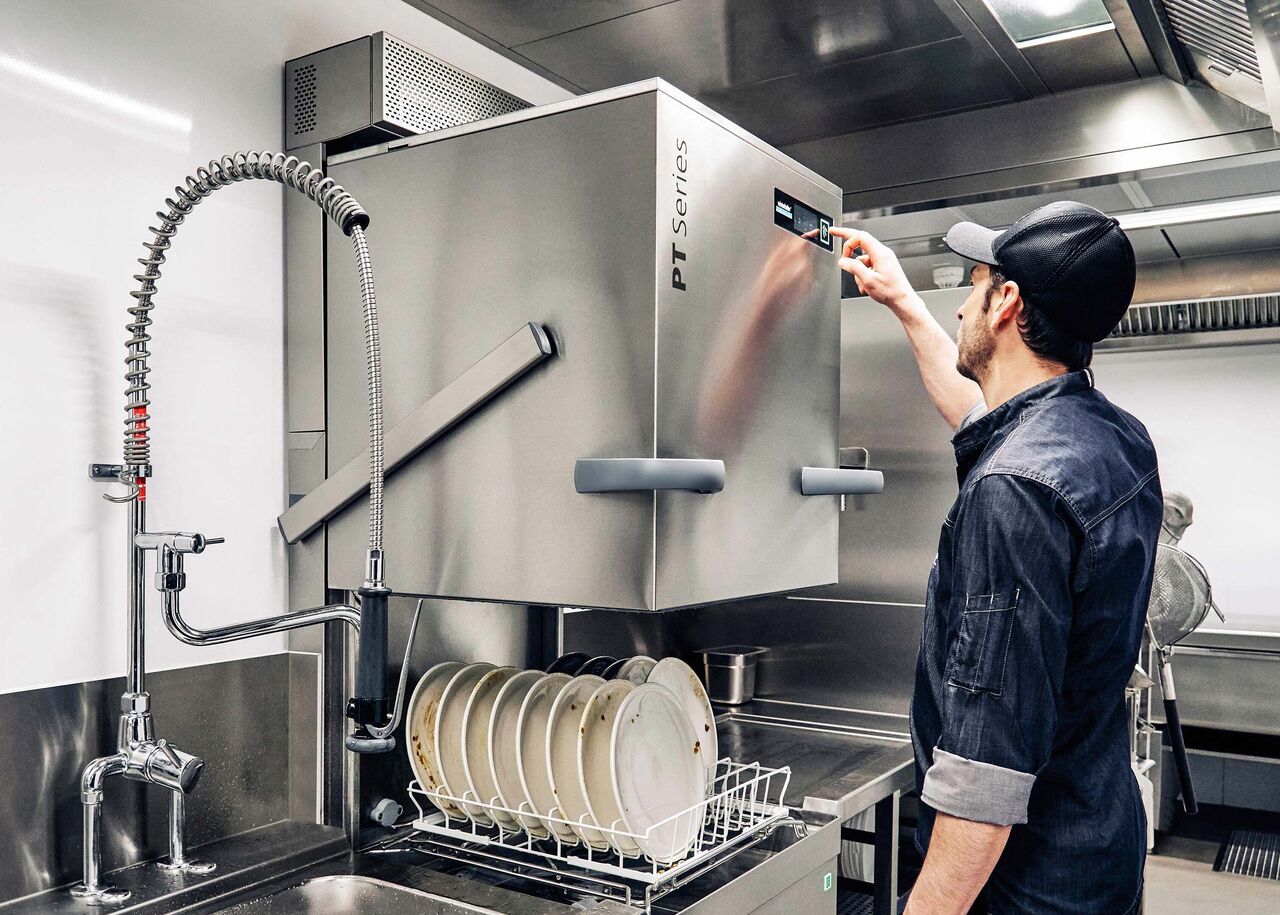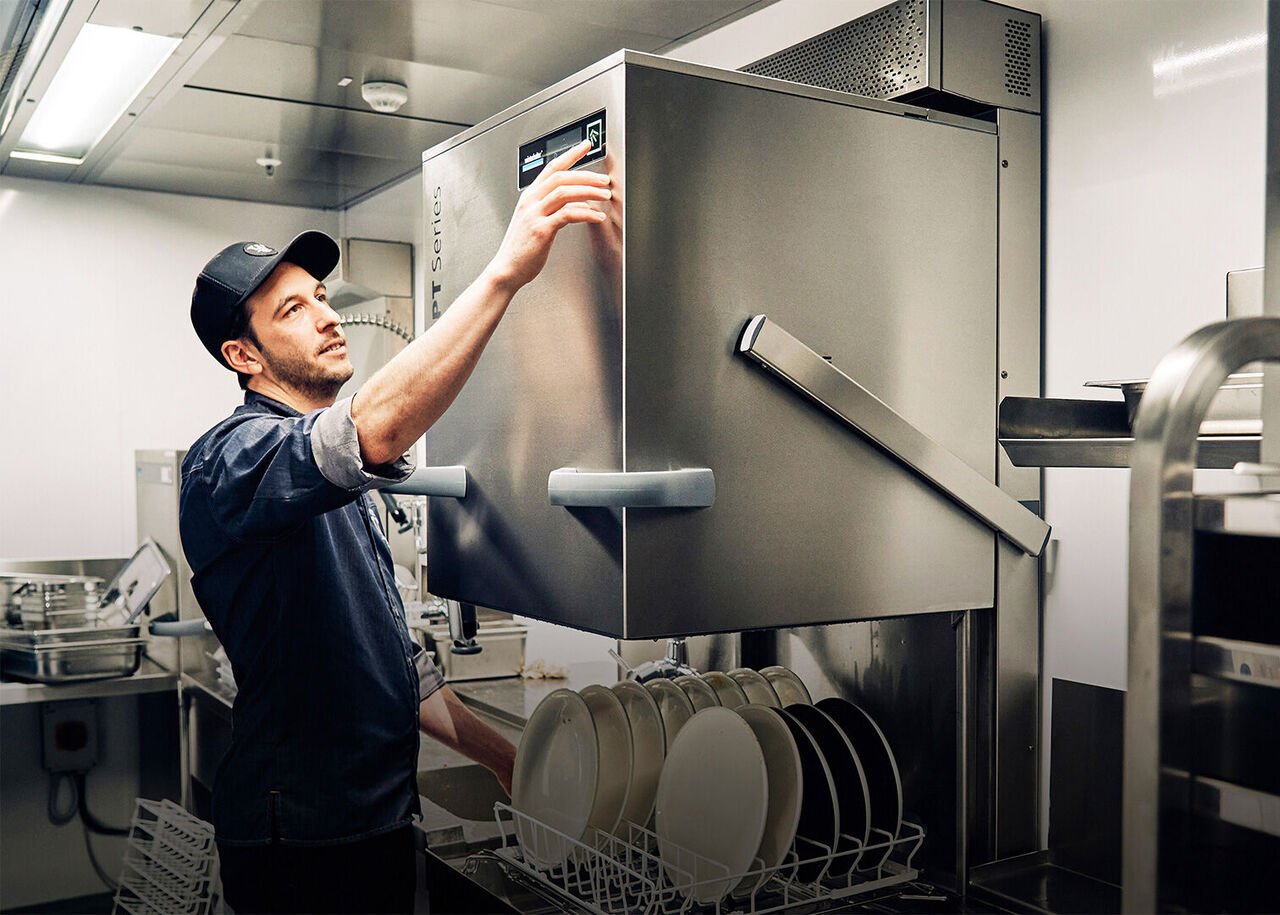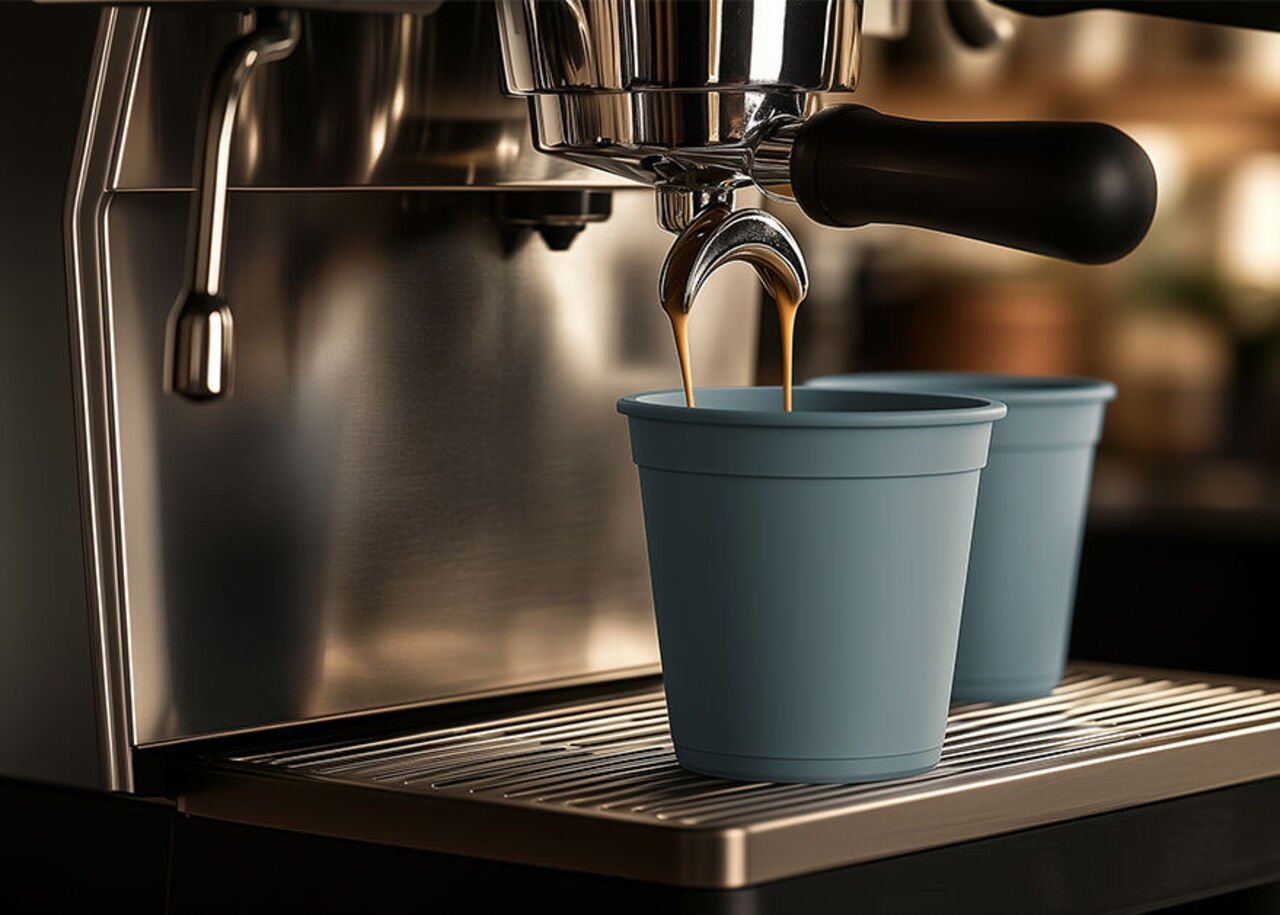
8 reasons not to wash glasses by hand in foodservice
Manually washing, drying and polishing glasses has a number of serious disadvantages compared to using a machine with an automated washing process. Inadequate hygiene safety is one of the most critical points. Low wash water temperature, type and dosage of detergent, insufficient mechanical pressure, flexible wash time and the risk of transferring germs can cause serious hygiene problems when glasswashing manually. This means that it is more of a matter of chance if the strict HACCP hygiene requirements are met during handwashing. Hygiene experts therefore advise against handwashing in foodservice as it does not offer reliable hygiene safety. Here is an overview of the issues that are particularly problematic when glasswashing by hand.
Hand washing: The biggest disadvantages at a glance!
Problem 1: Temperature
When washing by hand, there are limits to the water temperature: Generally, it can be maximum 40 °C otherwise there is a danger of scalding. For comparison: A glasswasher operates at over 60 °C. Given that grease is only effectively removed above 55 °C and germs are only inactivated above this temperature, washing by hand therefore always involves a hygiene risk.
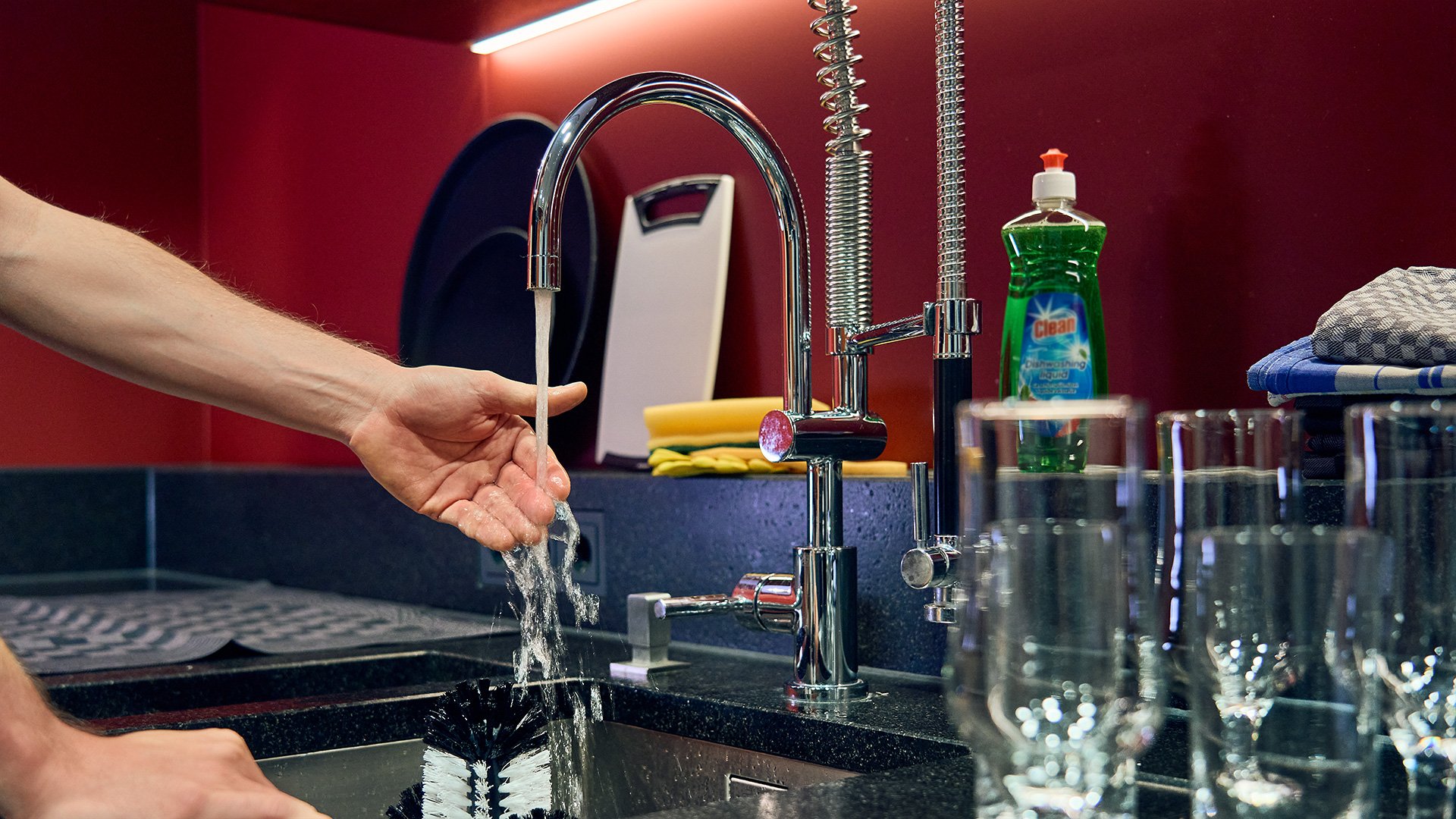
Problem 2: Danger of germs
As well as temperature, manual drying and polishing is also critical in terms of hygiene: There is a danger of transmitting pathogens. A used tea towel can harbour up to 100 million germs on an area of only 10 cm²! For comparison: When cleaning in a glasswasher, the washing process is automated and provides the required high temperatures and active wash times - using specific, gentle glasswashing detergents in exact doses. And: Using a special rinse aid means that the glasses come out of the machine in a way that they do not need to be re-polished with a cloth – which prevents the transfer of germs.
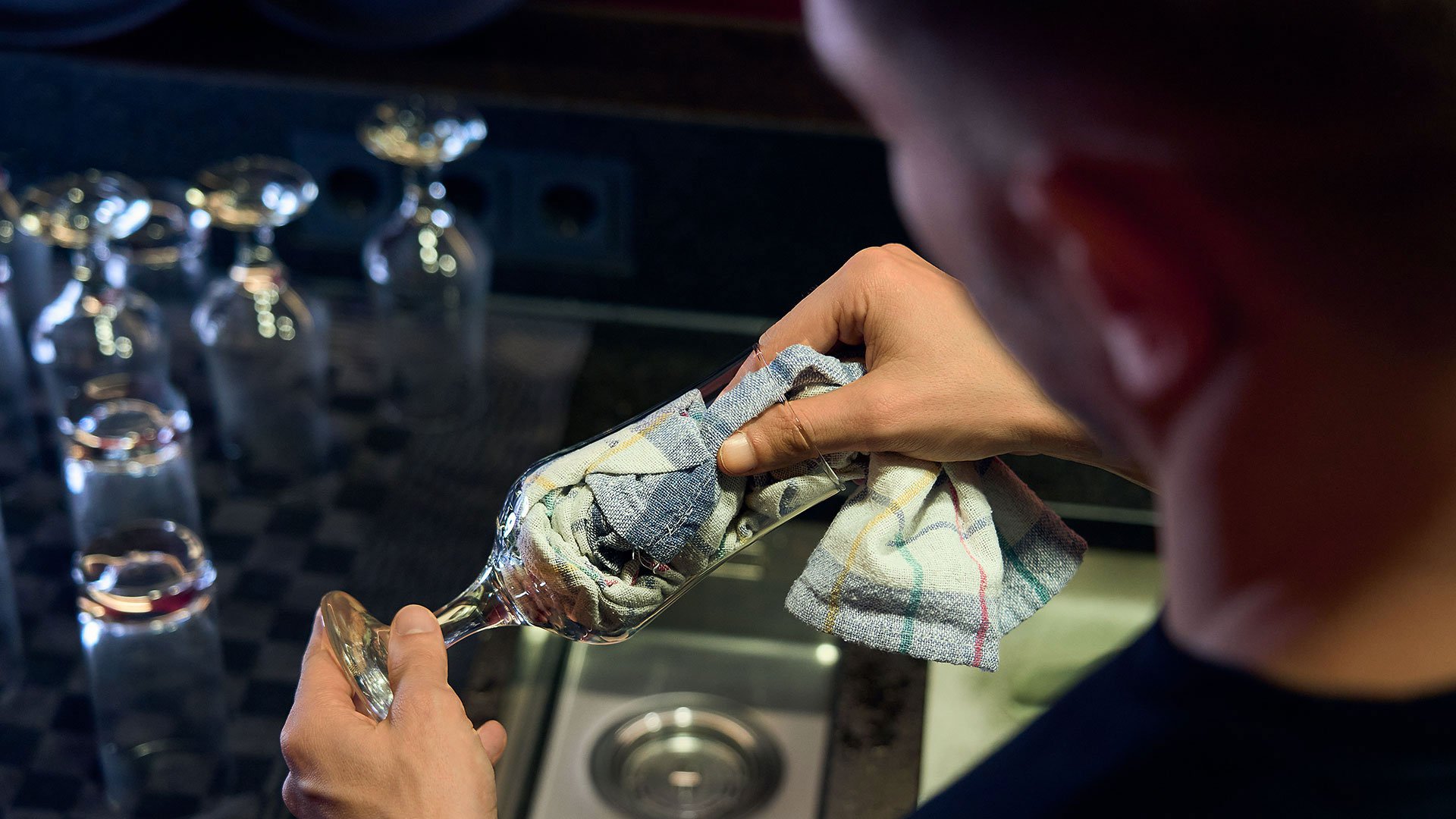
Problem 3: Water consumption
Manual washing requires two full sinks: one with wash water and one with clear water. And: Depending on how much is washed and how heavy the soiling is, the water may need to be changed several times. This adds up – both in terms of the cost of the water and the associated energy costs. A direct comparison with a glasswasher is difficult, but it definitely requires less water. Rinse example: Using a warewasher from the Winterhalter UC Series uses only two litres of water per wash cycle – for an entire rack full of glasses.
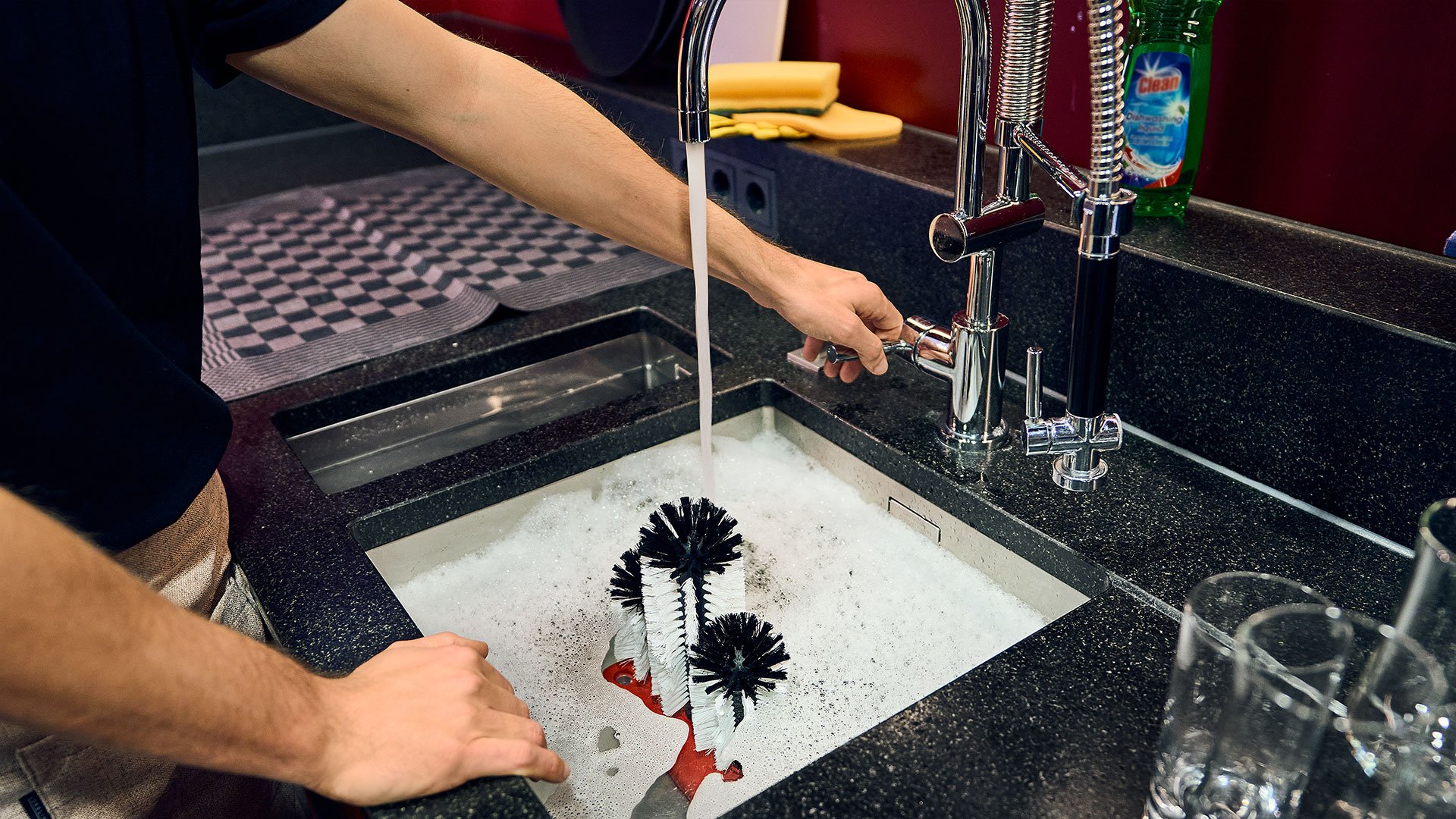
Problem 4: Detergent dosage
Dosing detergent is a tricky thing when washing dishes by hand. Ultimately, everyone does it differently and according to feel. Or according to the principle,“More is better!” Whether the results then meet the high hygienic requirements is questionable. For our environment, this type of dosing is certainly not ideal. For comparison: As with the amount of water, a glasswasher is also very precise when it comes to dosing the chemicals and only doses as much as is absolutely necessary for cleanliness and hygiene.
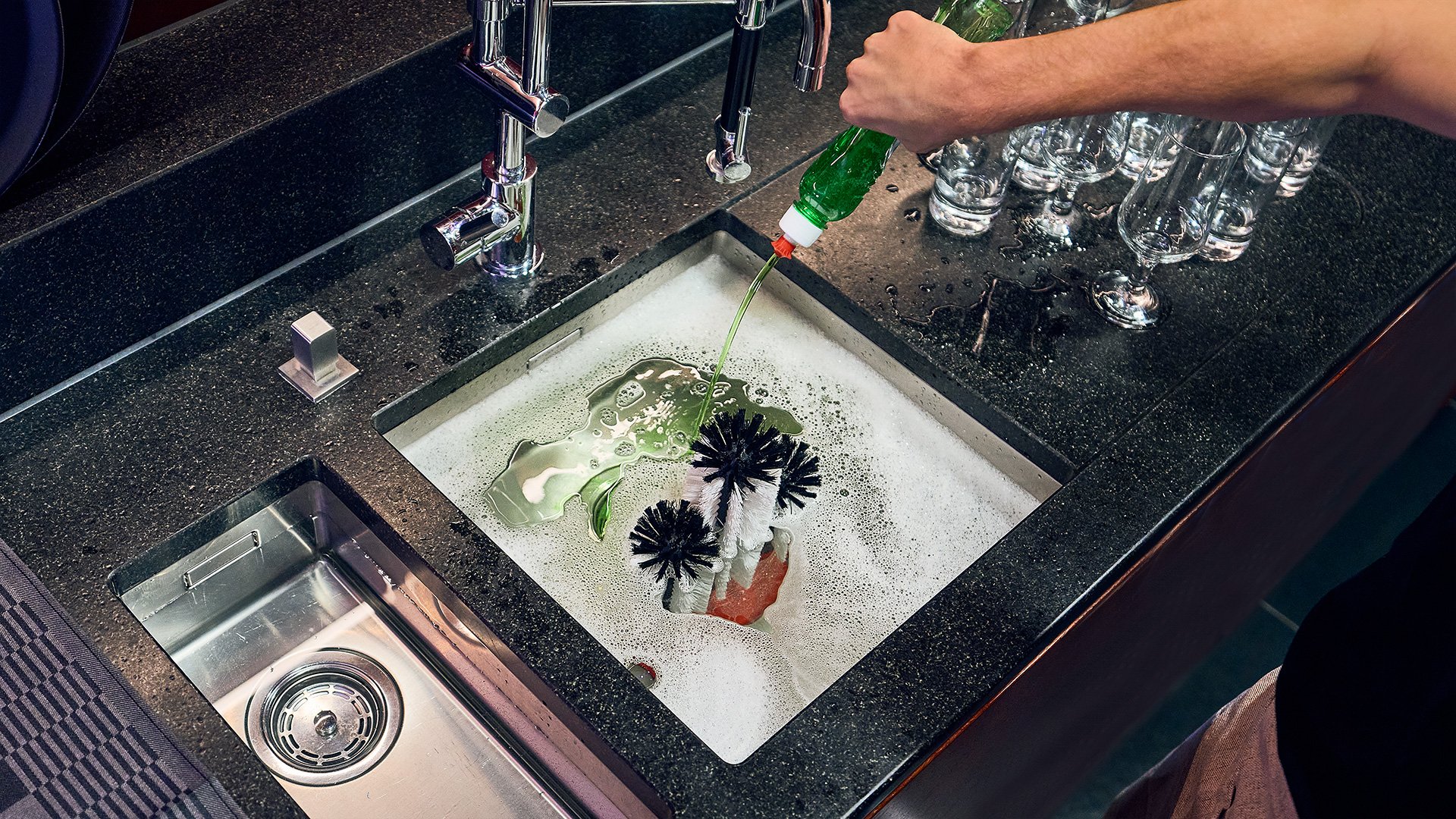
Problem 5: Pressure and duration
The optimum mechanical pressure is critical for a good wash result. When hand washing, this is at the discretion of the washer: they apply variable pressure depending on how dirty and fragile the glasses are. With some glass shapes, certain places cannot be reached at all with a washing-up brush. The care taken and whether the glasses are washed for a sufficiently long time depends on motivation and the time available. In comparison, the wash pressure and wash time is fixed in a glasswasher, exactly matched to the respective type of glass and always constant.
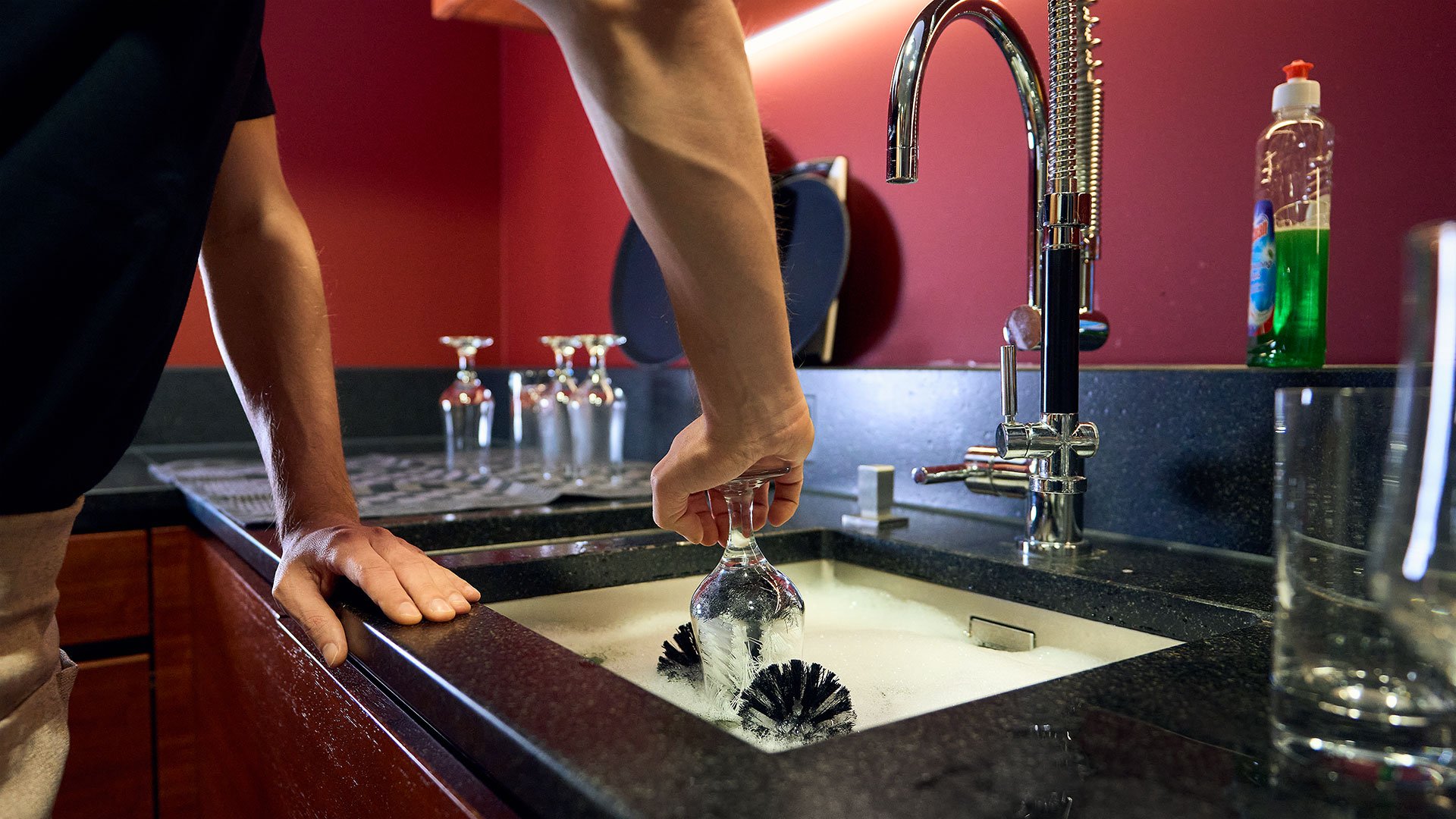
Problem 6: Possible risk of injury
There is a constant danger of glass breakage and therefore danger of injury both during the wash itself and when drying and polishing by hand. All it takes is a little too much pressure. For comparison: In a warewasher, the risk of glass breakage is minimal because the glasses are protected in a special glass rack. In Winterhalter machines, there is also variable wash pressure adjustment which ensures that fine glasses are not washed with too high a wash pressure.
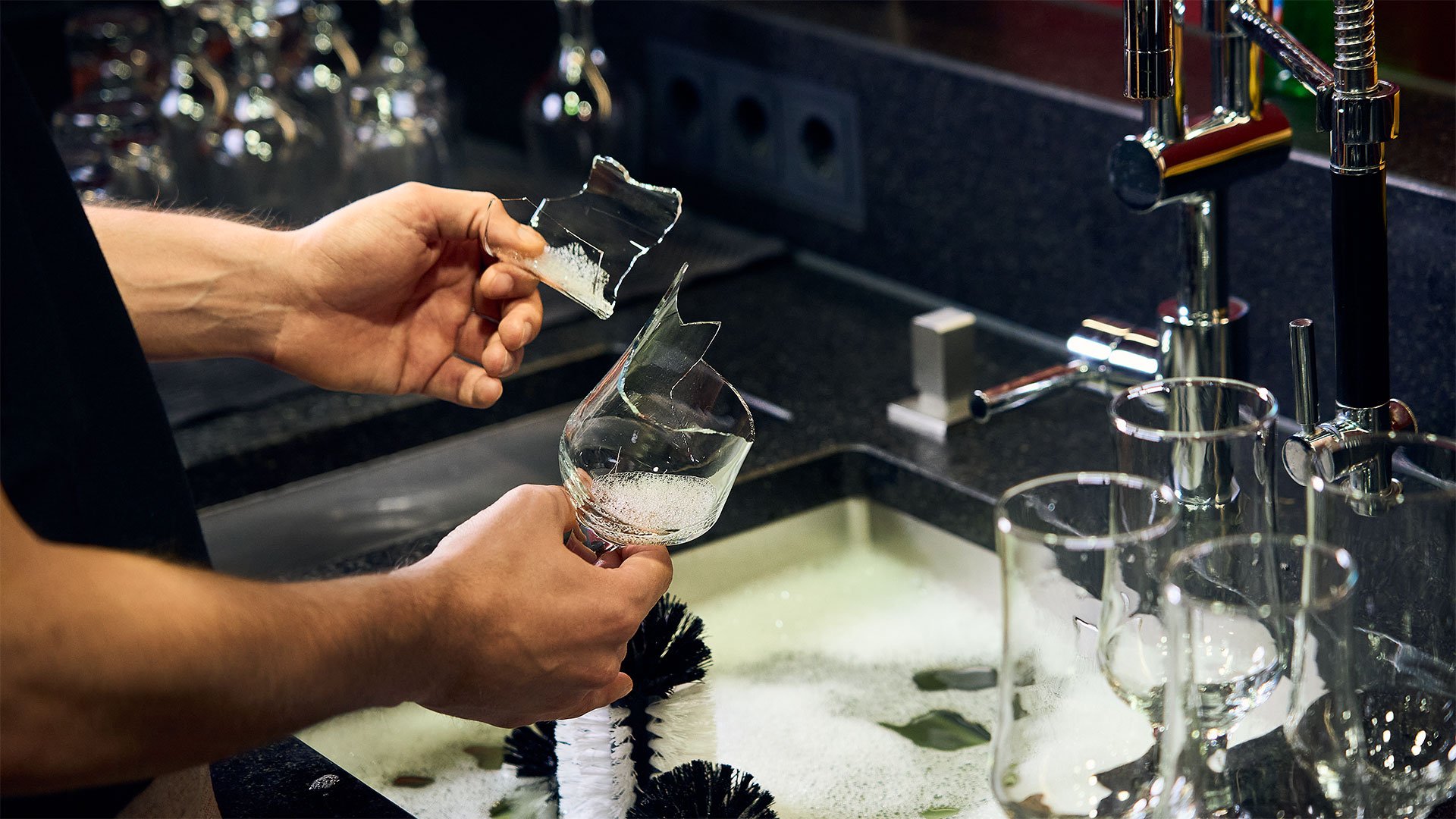
Problem 7: Time and cost expense
In times of personnel shortages in foodservice – and simultaneously rising personnel costs – this aspect should not be underestimated: washing, drying and polishing glasses by hand costs an enormous amount of time. And ties up valuable personnel resources. And that’s not all: the more often that glasses are washed by hand, the more glasses break and the higher the costs for glass breakage. Over time, this can be quite expensive. And there could be staff absences due to injury. This means: A foodservice operator who switches from hand washing to a glasswasher can significantly reduce both the personnel required and the costs associated with washing.
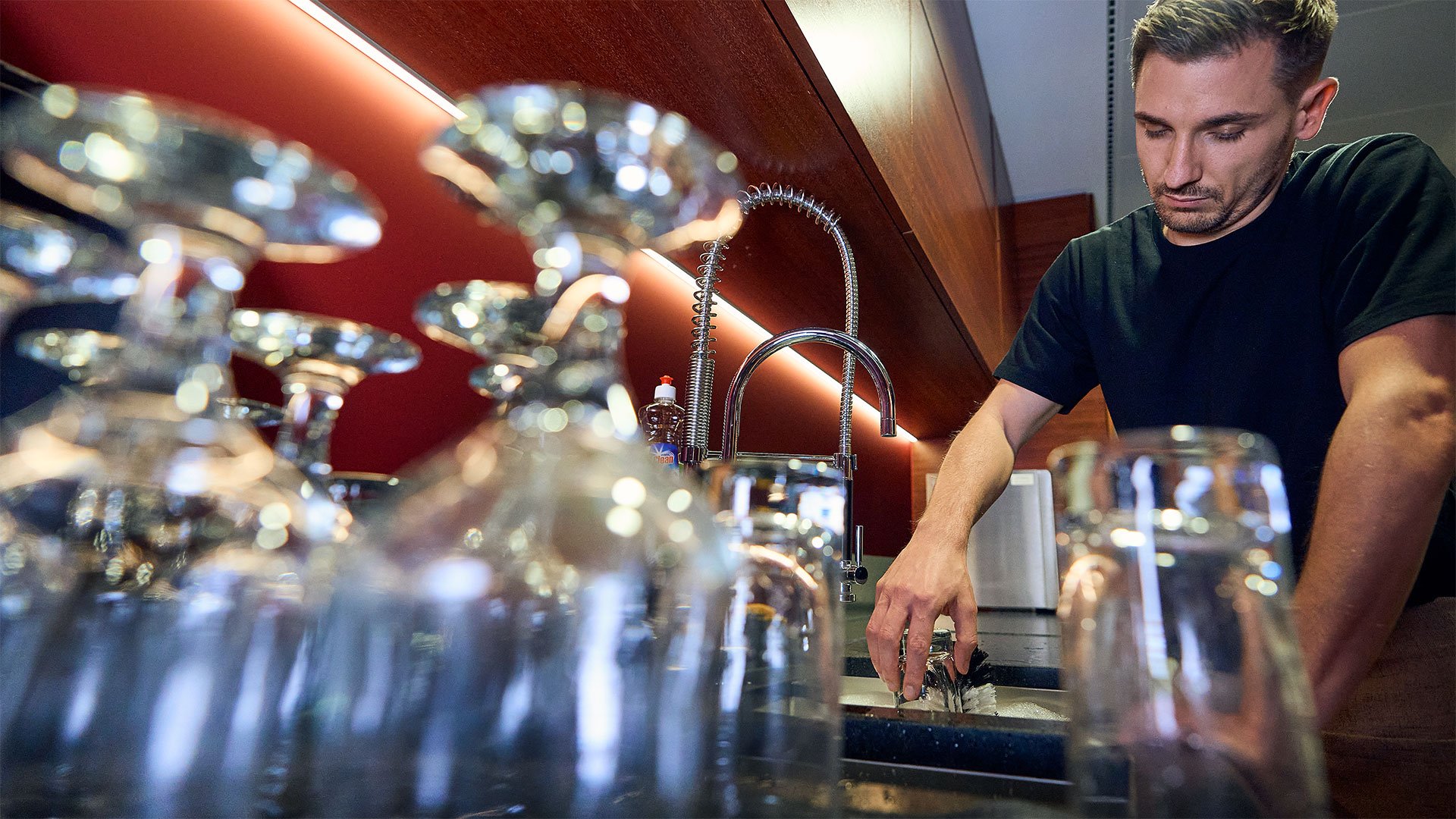
Problem 8: Motivation
While hand washing in foodservice is not comparable to washing up at home, the two have one thing in common: It is a pretty unpopular task – monotonous, time-consuming, exhausting. Those who have to do it usually don’t enjoy it: Hand washing demotivates staff and scares off new employees.
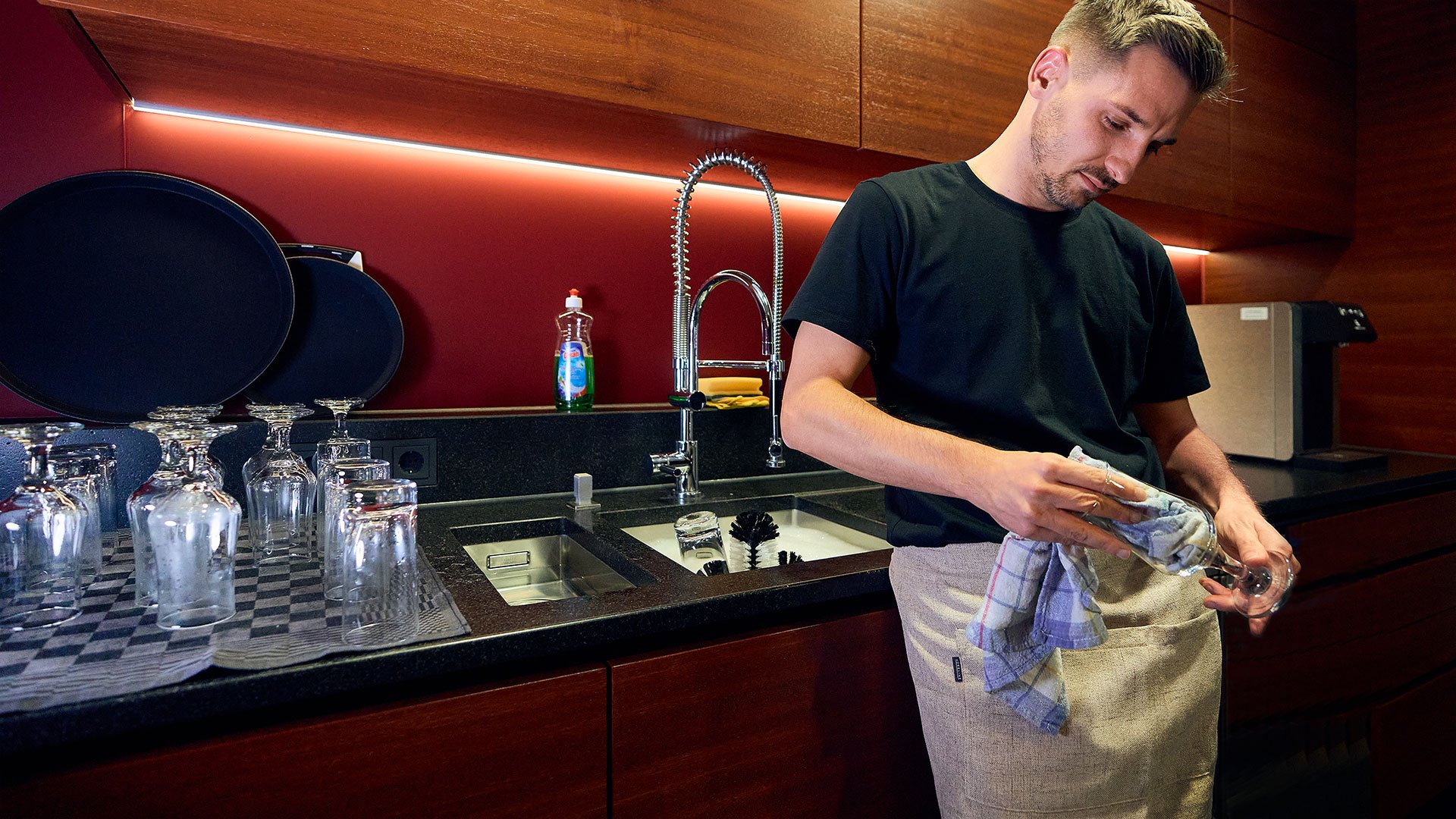
Here’s how you recognise a badly washed beer glass.
Here’s how you recognise a professionally washed beer glass.
